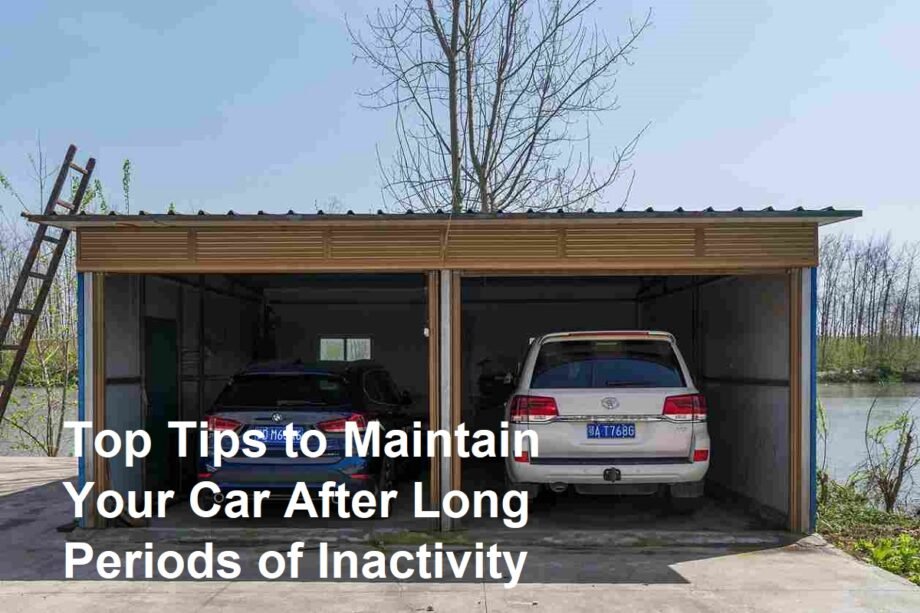Introduction
Leaving a car unused for an extended period can cause various issues that affect its performance, safety, and longevity. Whether you are storing a vehicle for the season or unable to use it regularly, proper care is essential to keep your car in good condition. This article offers practical and expert-backed tips to help you maintain your car after it has been idle for a long time and ensure it runs smoothly when you need it again.
1. Check and Change Fluids
When a car sits unused, fluids like engine oil, brake fluid, coolant, and fuel can degrade or become contaminated. Stale fuel can cause engine problems, while old oil loses its lubrication properties.
What to do: Before putting your car back on the road, inspect all fluids and replace them as needed. It’s a good idea to drain old fuel and add fresh gasoline with a fuel stabilizer. Check the oil level and quality, top off or change brake fluid, and verify coolant levels to avoid corrosion and overheating.
2. Inspect and Charge the Battery
Car batteries discharge over time when not in use, which may cause difficulty starting the engine or damage the battery.
What to do: Disconnect the battery during long storage periods to prevent drainage. Use a battery charger or maintainer to keep it at optimal charge. Before driving, test the battery voltage and replace it if it shows significant weakening.
3. Examine Tires and Suspension
Long periods of inactivity can lead to flat spots on tires, loss of pressure, and potential suspension stiffness.
What to do: Check tire pressure and inflate to the recommended level. Inspect tires for cracks, flat spots, or dry rot and replace if necessary. Also, examine suspension components for stiffness or leaks and get a professional inspection if you notice handling issues.
4. Clean and Protect the Exterior and Interior
Dirt, moisture, and dust accumulate on a parked car, potentially damaging the paint and interior materials.
What to do: Give the car a thorough wash and wax to protect the paint surface. Clean the windows and mirrors for clarity. Inside, vacuum and wipe down surfaces to prevent mold and odors, and consider using sunshades or covers to protect from UV damage.
5. Perform a Safety Check Before Driving
Before starting to drive a car that has been idle for a long time, it is crucial to perform a full safety check.
What to do: Check the brakes, lights, signals, and windshield wipers for proper function. Confirm the operation of all safety features and test drive at low speeds initially to notice any unusual noises or handling changes. Address any mechanical issues promptly.
Conclusion
Proper care for a car that hasn’t been used for a long time is vital to prevent mechanical issues, maintain safety, and preserve its value. By regularly checking and changing fluids, maintaining the battery, inspecting tires and suspension, cleaning the vehicle, and performing thorough safety checks, you can ensure your car is ready to drive whenever needed. Following these tips helps extend your vehicle’s life and keeps it reliable after extended inactivity.









